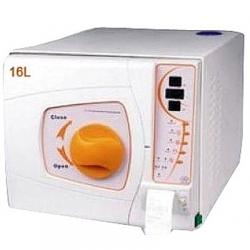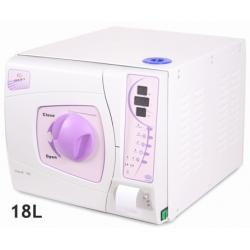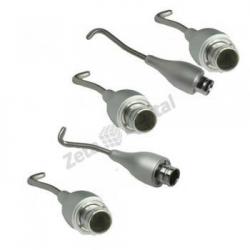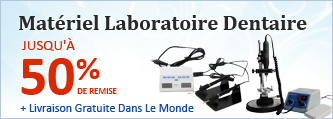In some cases, people develop an infection after the extraction, even though they may not have been infected beforehand. The reason for this is bacteria. Following an extraction, bacteria will be more alive in the mouth than ever before. With the extraction site being exposed, the bacteria will be able to get into the site. This can lead to an infection due to the site being exposed and the fact that you are unable to use mouthwash or brush during the first 24 – 48 hours. Not being able to sterilize your mouth means that you are unable to kills the germs responsible for bacteria.
After extractions, the first sign of infection is renewed bleeding. This normally occurs around 48 hours after the extraction. Even though it normally isn’t severe, you should still call your dentist and make an appointment to be seen. Your dentist will be able to stop the bleeding and give you some antibiotics and other prescriptions that will fix the problem.
Some dentists prefer to give patients antibiotics before they will do any type of extraction. Although you may not have an abscess, most dentists prefer to get rid of the infection before they start doing their work. They do this because they know the local anesthesia won’t work all that good with infections, and it may take them a lot of work and a lot of medicine to numb the area that you have the infection in.
Even though infections can cause a lot of pain and need to be dealt with immediately, you may not have to take antibiotics once the dentist has extracted the tooth. If your mouth is clean and you don’t have a lot of germs, you can normally heal the cut by taking care of it. Rinsing your mouth out with salt water for the first few days will keep the extraction site clean.
 Sun ® 16L Autoclave Stérilisat...
1995.99€
Sun ® 16L Autoclave Stérilisat...
1995.99€
 Sun® 18L Autoclave dentaire
2104.99€
Sun® 18L Autoclave dentaire
2104.99€
 Sun® 23L Stérilisateur autocla...
2385.99€
Sun® 23L Stérilisateur autocla...
2385.99€
 5 Pcs Buse d’aéropolisseur den...
72.99€
5 Pcs Buse d’aéropolisseur den...
72.99€













